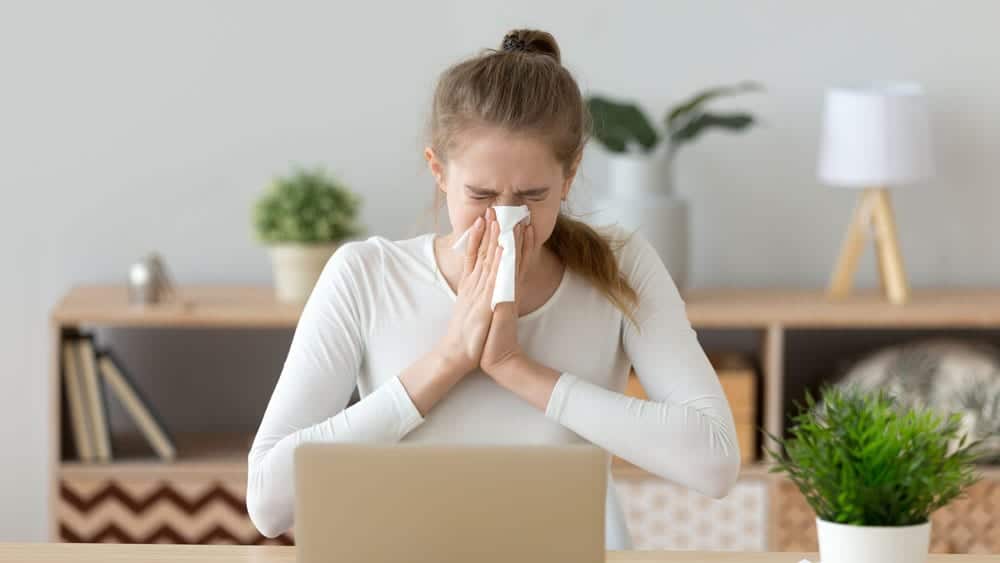Humidity may seem like a strange topic to talk about in the winter, as it’s usually associated with the sunshine and warmth of summer. However, humidity is an important factor for building owners and operators to consider year-round. If humidity is not balanced properly indoors, it can adversely affect your building’s condition and make occupants unhealthy. The key to finding this balance lies in your HVAC equipment. Allow us at Custom Aire to explain why humidity still matters to your building in winter.
What is humidity?
Humidity is the amount of water vapor in the air at any given moment, and that level fluctuates according to temperature. The term for this fluctuation is called relative humidity (RH), or the correlation between the percentage of water vapor in the air versus the total amount of moisture the air could hold at a certain temperature before it turns to liquid, or 100% RH. This is known as the “dew point.”
Water vapor enters a building naturally through respiration, evaporation, or openings to the outdoors, but it also cycles through mechanically via the building’s HVAC system. Optimum humidity levels for commercial buildings range between 30-60 percent, depending on comfort level and location.

What happens when humidity levels dip below 30 percent?
Low humidity corresponds with cold temperatures because cold air cannot hold as much water vapor as warm air. That’s why the air is so dry in the winter. Humidity levels below 30% inside commercial buildings cause poor indoor air quality, which leads to dry skin, sore throat, and respiratory problems for occupants.

Additionally, viruses thrive in low humidity because dry air decreases mucus in the nose, eyes, and throat that serve as the bodys first defense against pathogens. This leads to more sick days and less productivity for your business. Dry air also generates static electricity that can wreak havoc on your computer equipment.
How about when levels go over 60 percent?
High humidity is also bad news for commercial buildings and their occupants. On an aesthetic level, excess moisture causes uncomfortable “stickiness” for occupants — not to mention bad hair days. It also causes condensation on uninsulated windows that can warp wood trim and furnishings.
A more serious effect of high humidity in warm environments is the growth of mold and mildew. These fungi damage your infrastructure and endanger the health of people who inhabit the building every day.

Fortunately, the way to prevent any of these adverse effects is to monitor temperature and humidity levels regularly through your HVAC system. A programmable thermostat makes this process much easier for building owners. It’s also important to have your HVAC equipment inspected at least once a year by a certified technician to make sure everything is running efficiently.
Need to get your humidity levels back on track in your commercial building? Contact us at Custom Aire today to schedule an appointment for HVAC inspection.





